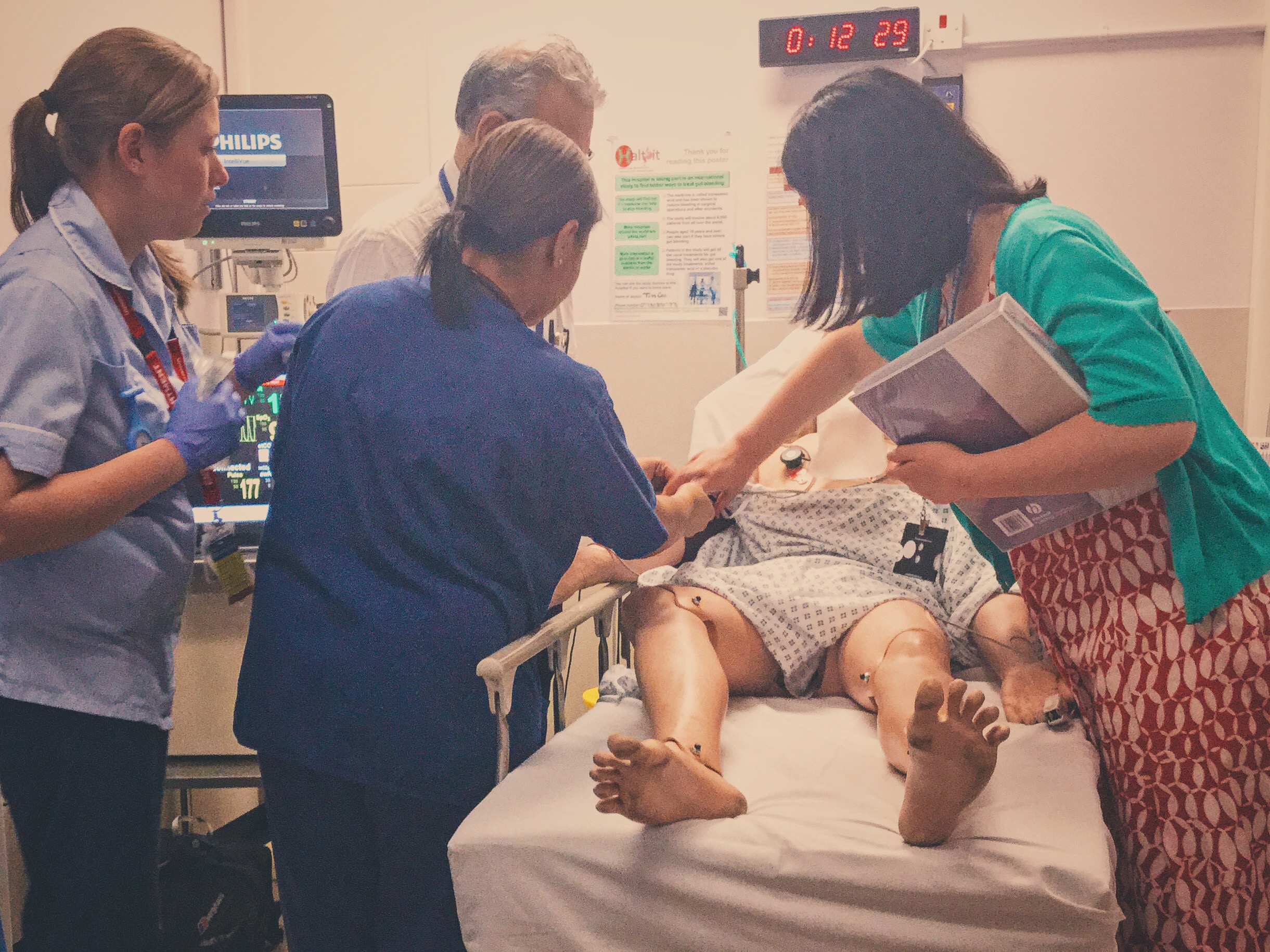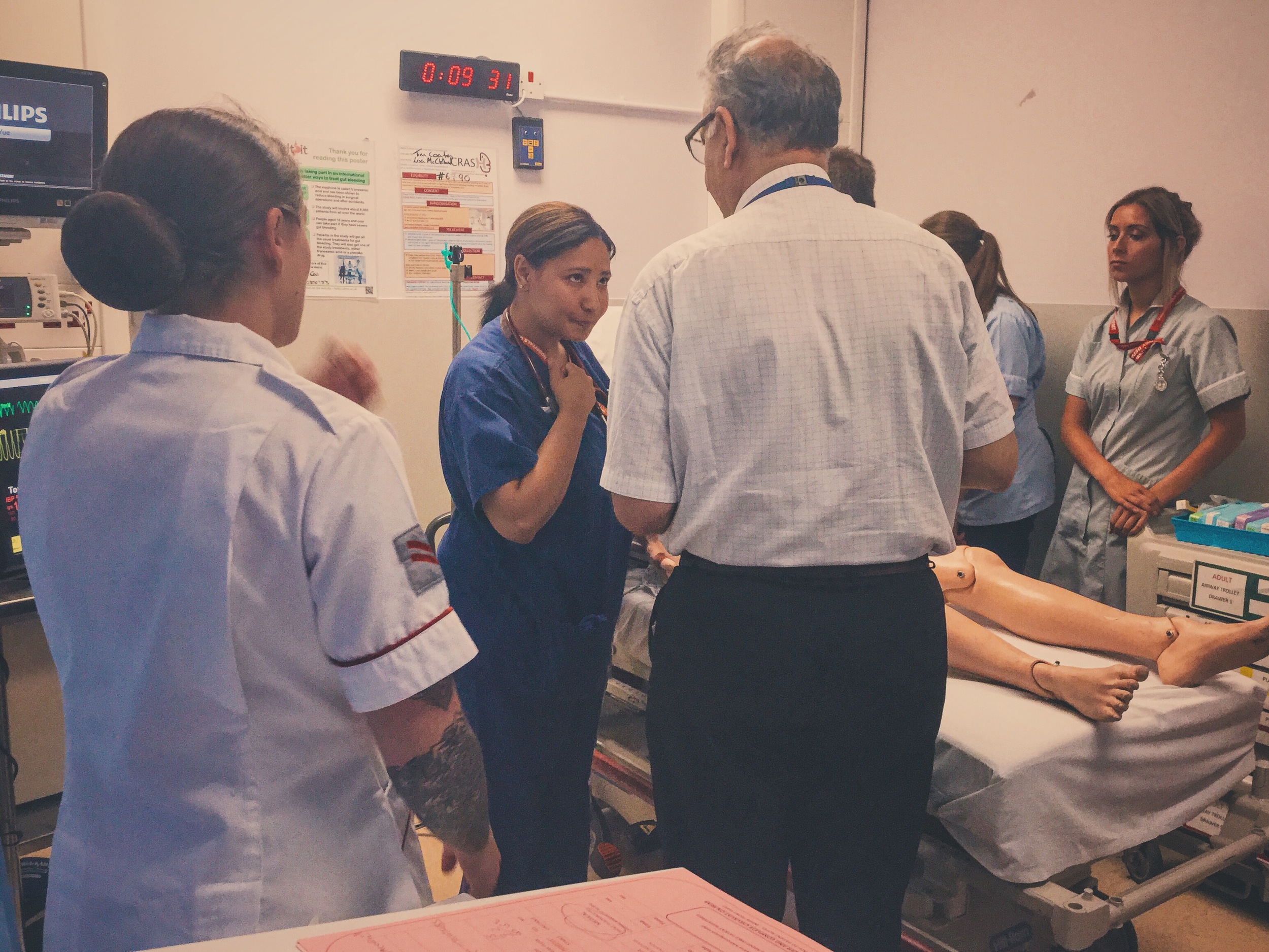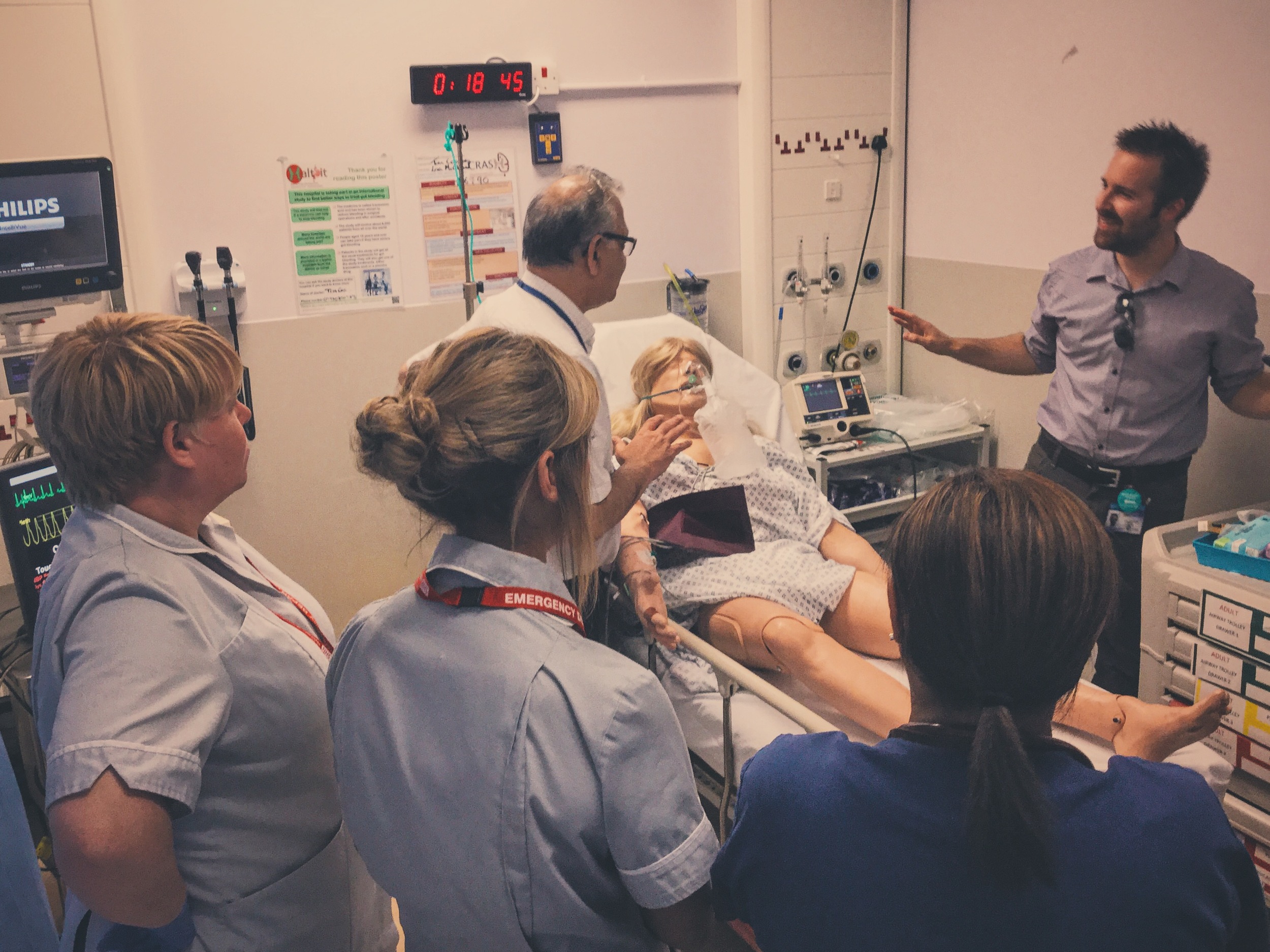#SimBlog: Stable VT
““65-year-old, presented to the ED with palpitations for 2 hours.””
Observations
A – Clear and self maintained
B – RR 15, Sats 98%
C – HR 200, BP 110/75
D – GCS 15
E – Temp 36.7°C
Clinical findings
Broad Complex Tachycardia
No adverse features
Why we simulated?
Not all VT is pulse-less and you may well find a patient who has few signs or symptoms.
However it is important to look for the signs of compromise (see the infographic) and to be prepared should the situation escalate.
Close monitoring and ensuring the team know the plan should the patient deteriorate is vital. This is transferable to a variety of clinical situations not just arrhythmias.
Ask yourself:
"What will I do if my patient deteriorates?"
"How will I achieve this?"
"Does the team know the plan?"
These questions apply whether you are the team leader or not.
Further Reading:
- Cliff Reid: Making things happen
Learning outcomes
Our defibs default to lead 2 when switched on – you need to switch to paddles if the leads are not connected.
It is important to ensure your team knows the management may need to escalate.
Remember to utilise available resources in the department, such as Cardiac Specialist Nurses.
Positive feedback
Identified the arrhythmia, and no signs of compromise were present.
Escalated the management from drugs to DC cardioversion.
Recognised the need for senior support and called early.













